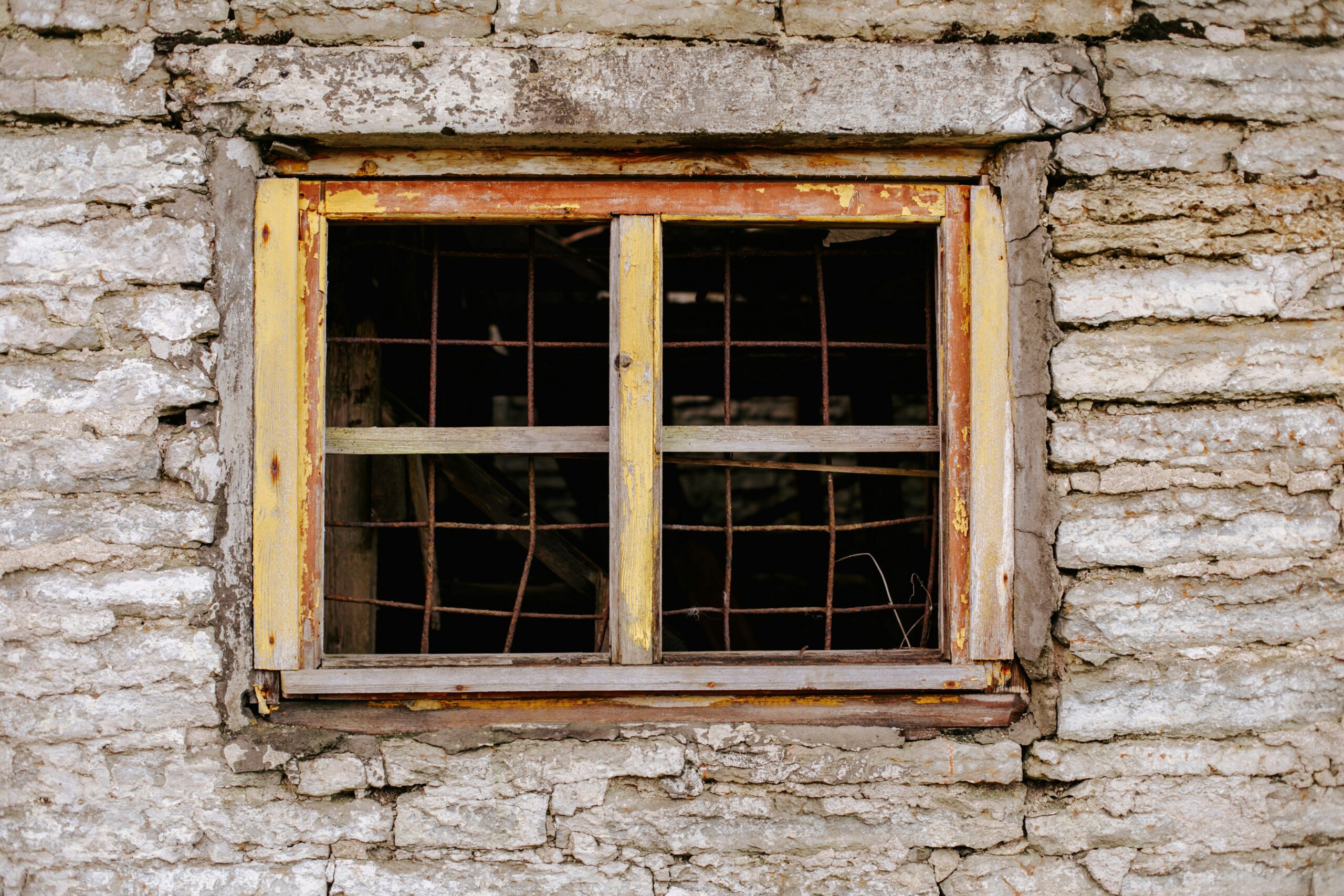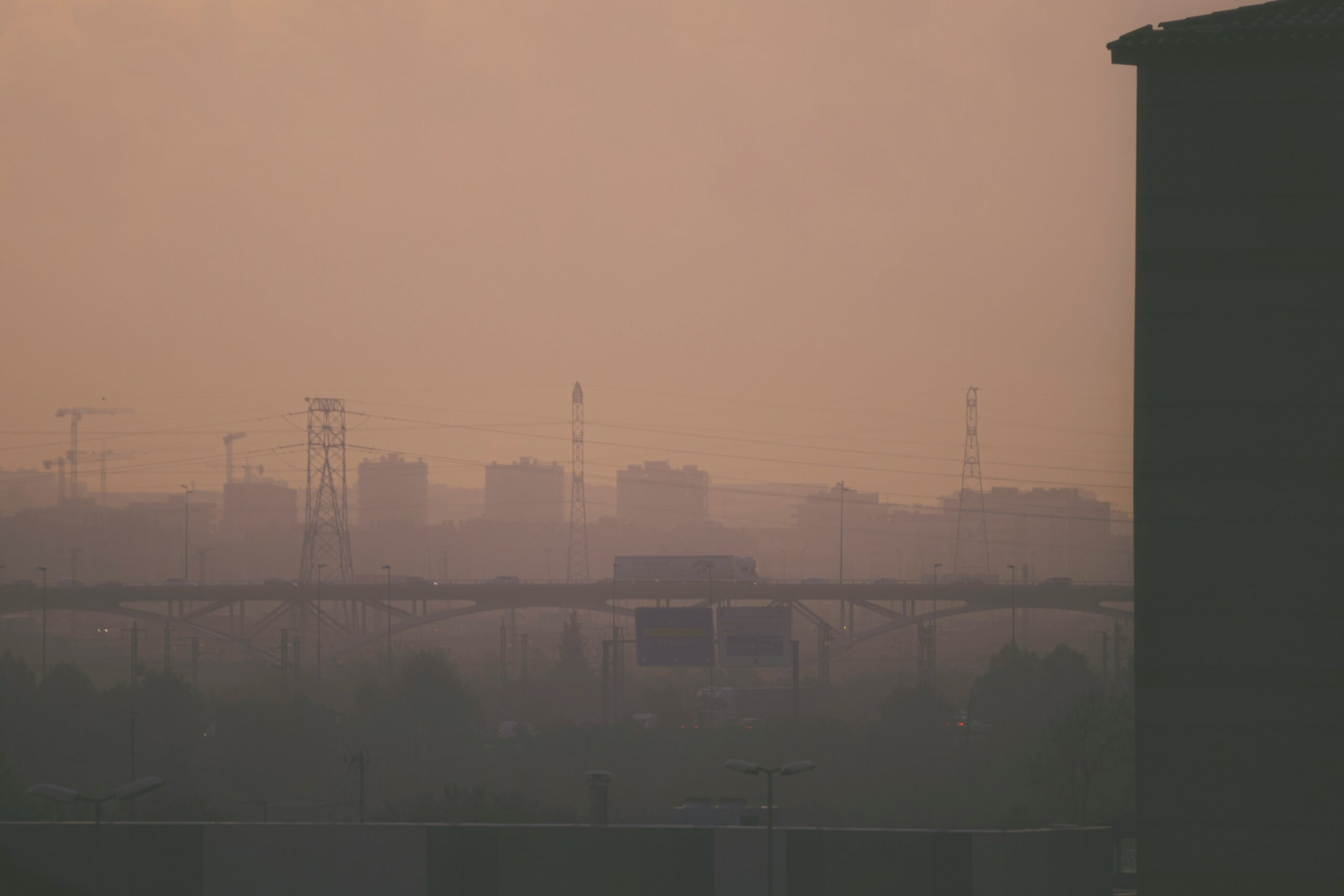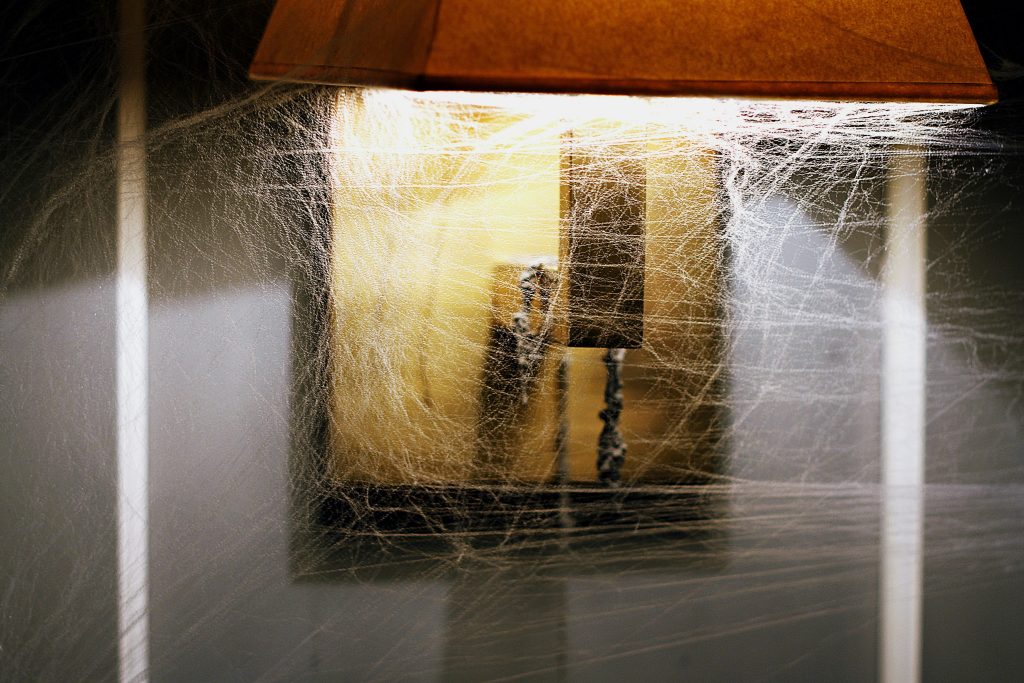Ever wondered how a simple air quality test could save you thousands in asbestos-related insurance claims? No? Well, buckle up because this one’s for you.
In this post, we’re diving deep into the connection between Air Quality Testing and asbestos insurance. You’ll learn why ignoring your indoor air quality is like playing Russian roulette with your lungs (and wallet). Plus, actionable steps to protect yourself—and maybe even snag better insurance rates.
Table of Contents
- Key Takeaways
- Why Air Quality Testing Matters for Asbestos Insurance
- Step-by-Step Guide to Air Quality Testing
- Best Practices for Interpreting Results
- Real-World Examples: When Air Quality Saved the Day
- Frequently Asked Questions About Air Quality Testing
Key Takeaways
- Air quality testing is not just about comfort—it’s critical for identifying hidden hazards like asbestos.
- Proactive testing can lower your asbestos insurance premiums and avoid costly claims.
- Detailed reports from professionals are non-negotiable when dealing with insurers.
- Investing in preventive measures today saves stress (and cash) tomorrow.
Why Air Quality Testing Matters for Asbestos Insurance
Let me tell you about the time I ignored an ominous “musty smell” in my basement—big mistake. Fast forward six months, and it turned out to be asbestos fibers wreaking havoc on my home’s air quality. The cleanup cost? A cool $10k. If only I’d done an air quality test first, I could’ve caught it early and dodged most of that bill.
This isn’t just some niche issue; according to the EPA, asbestos-containing materials are still present in millions of homes built before the 1980s. And here’s the kicker: many standard insurance policies don’t cover asbestos-related damage unless you can prove proactive maintenance—like regular Air Quality Testing.

Figure 1: Prevalence of asbestos in U.S. homes built before 1980, sourced from EPA studies.
“Optimist You:* ‘Surely, it won’t happen to me!’
Grumpy You:* ‘Yeah, because asbestos totally discriminates.'”*
Step-by-Step Guide to Air Quality Testing
Alright, enough ranting. Let’s get into how you can perform Air Quality Testing effectively:
Step 1: Assess Your Risk
- Is your property pre-1980 construction?
- Any recent renovations or disturbances to walls/floors?
If you answered “yes” to either, consider yourself at risk. Proceed immediately to Step 2.
Step 2: Hire a Certified Professional
Don’t DIY this one, folks. Look for certified industrial hygienists or air quality specialists. Check credentials through organizations like the AIHA (American Industrial Hygiene Association).

Figure 2: Professional technician using state-of-the-art air sampling equipment.
Step 3: Analyze the Results
Once tests are complete, review the detailed report provided by your pro. Key metrics include:
- Fiber count per cubic meter of air.
- Presence of other contaminants like mold spores.
Pro Tip: Share these results with your insurer—they might offer discounts if your home meets safety thresholds!
Best Practices for Interpreting Results
- Understand Threshold Limits: Anything above 0.01 fibers/cm³ requires immediate action.
- Document Everything: Keep copies of all reports and correspondence with contractors.
- Don’t Panic—but Don’t Ignore: Elevated readings aren’t a death sentence but demand swift mitigation efforts.
Real-World Examples: When Air Quality Saved the Day
Meet Sarah, a homeowner who decided to run routine Air Quality Testing during her kitchen remodel. Turns out, asbestos fibers were leaking from old insulation behind the walls. Thanks to early detection, she avoided major health risks and negotiated reduced asbestos removal costs under her enhanced insurance policy.

Figure 3: Sarah’s renovated kitchen post-asbestos remediation.
Frequently Asked Questions About Air Quality Testing
Q: How much does professional air quality testing cost?
A: Prices vary based on location and scope, but expect to pay between $300–$700 for comprehensive services.
Q: Can I do air quality testing myself?
A: Technically, yes—but trust us, hiring a pro ensures accuracy and credibility with insurers.
Q: Does air quality affect more than just asbestos insurance?
A: Absolutely. Poor air quality impacts mold coverage, HVAC efficiency, and even resale value.
Conclusion
We’ve covered the what, why, and how of Air Quality Testing, especially as it relates to asbestos insurance. From understanding your risk level to leveraging test results for better insurance terms, being proactive pays off—literally.
Remember, skipping air quality tests is like ignoring smoke alarms while cooking Thanksgiving dinner. Eventually, something’s bound to go wrong. So grab a cup of coffee, call a certified pro, and let them handle the hard part while you sip and scroll through memes.
Stay safe, stay savvy.
P.S. Like a Tamagotchi, your home’s air quality needs daily love too. 🐾


